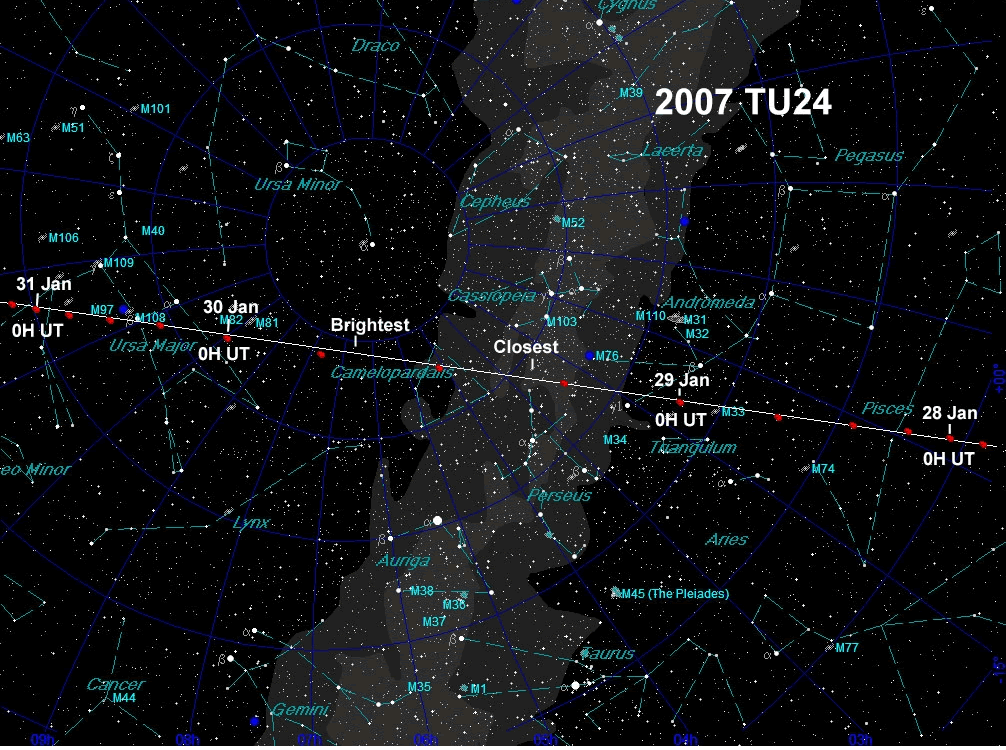

"localized-name": "Casper the Friendly Ghost Nebula", The following command will retrieve information about him (or any other target you have selected manually):
#Stellarium astronomy software windows 10#
I've tried it on two Windows 10 machines that I don't recall installing it on and it worked, so that's a good sign.Īssuming Stellarium is running, the Remote Control plugin is enabled, and you have curl, at the command prompt you can enterĬurl -F target=M78 -F mode=zoom Stellarium will select and zoom to the former friendly boy. If not, you can download it from the interwebs. Scripting! That was the point to all this: open a command prompt, and see if you have curl installed by typing curl and hitting enter.

(Note, however, that the in-built scripting facility in Stellarium itself is probably not suitable for this purpose, as there's no real UI interaction nor file I/O.) I've also found it incredibly useful while writing/debugging scripts, as you can run scripts from the Remote Control UI, as well. Simply change "localhost" in the URL above to the name (or IP address) of the other (local) machine. If you have Stellarium running on a PC connected to a large TV or projector, you can control it from a laptop or tablet (might be a touch small on a phone, haven't tried it). This is great if you've got multiple monitors - you can show stuff to folks without having to block their view or distract them by opening dialogs and/or typing commands. This will bring up the Remote Control UI, which is fairly complete for basic operations.
#Stellarium astronomy software software#
Similarly, any anti-virus software may also freak out. I can't recall, but you *might* get a popup on Windows (or something similar on your OS of choice) at some point in the process saying that Windows Defender has blocked network access to Stellarium, go ahead and enable it. Once remote control is enabled, open a web browser (or a new tab in a browser), and enter I've not run into any problems leaving it on that port, but YMMV


 0 kommentar(er)
0 kommentar(er)
